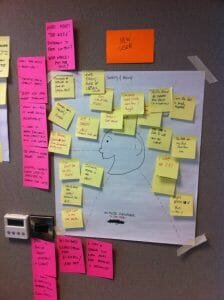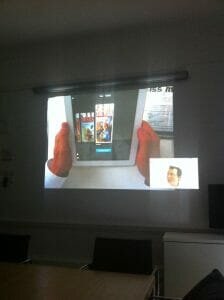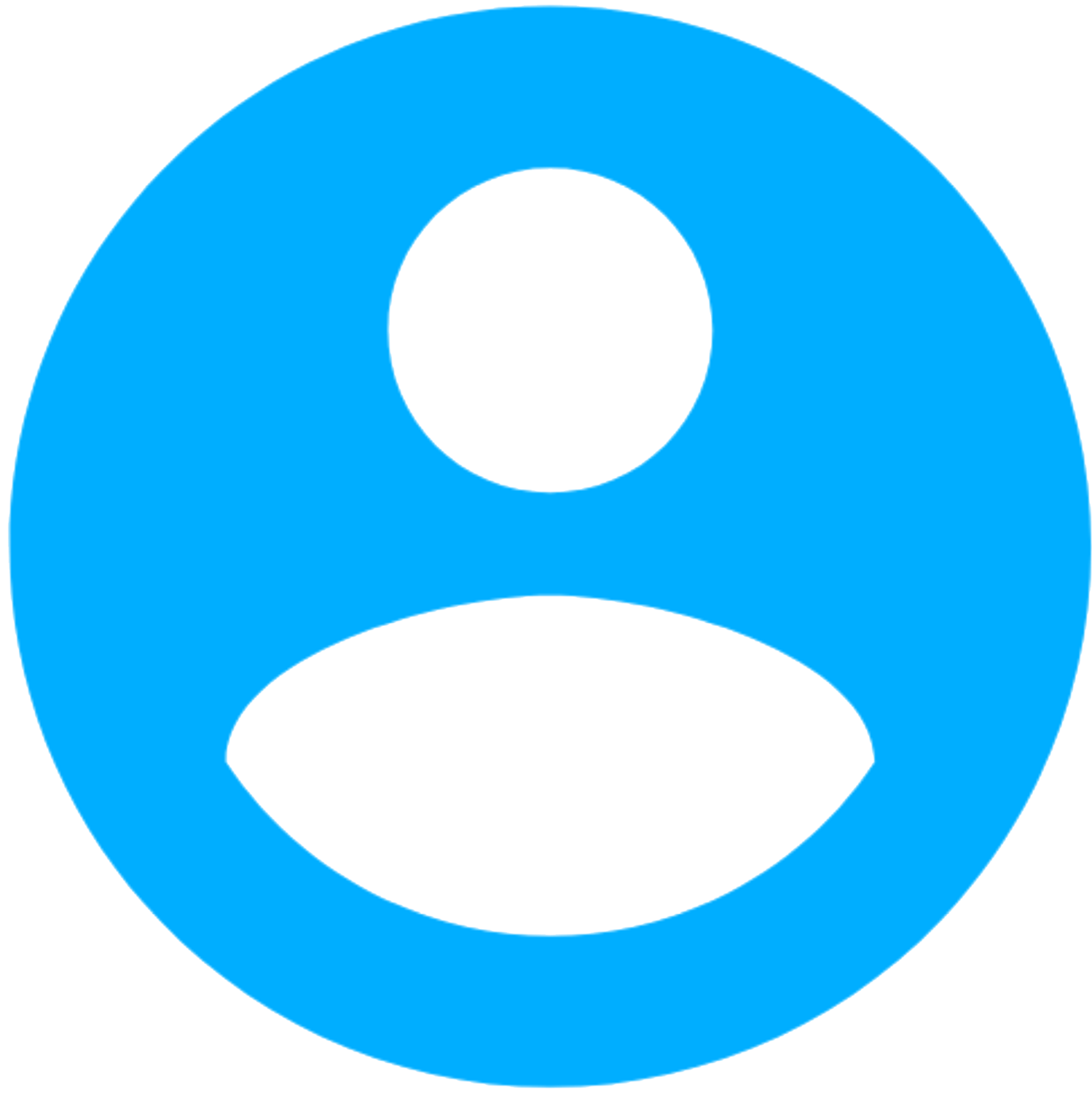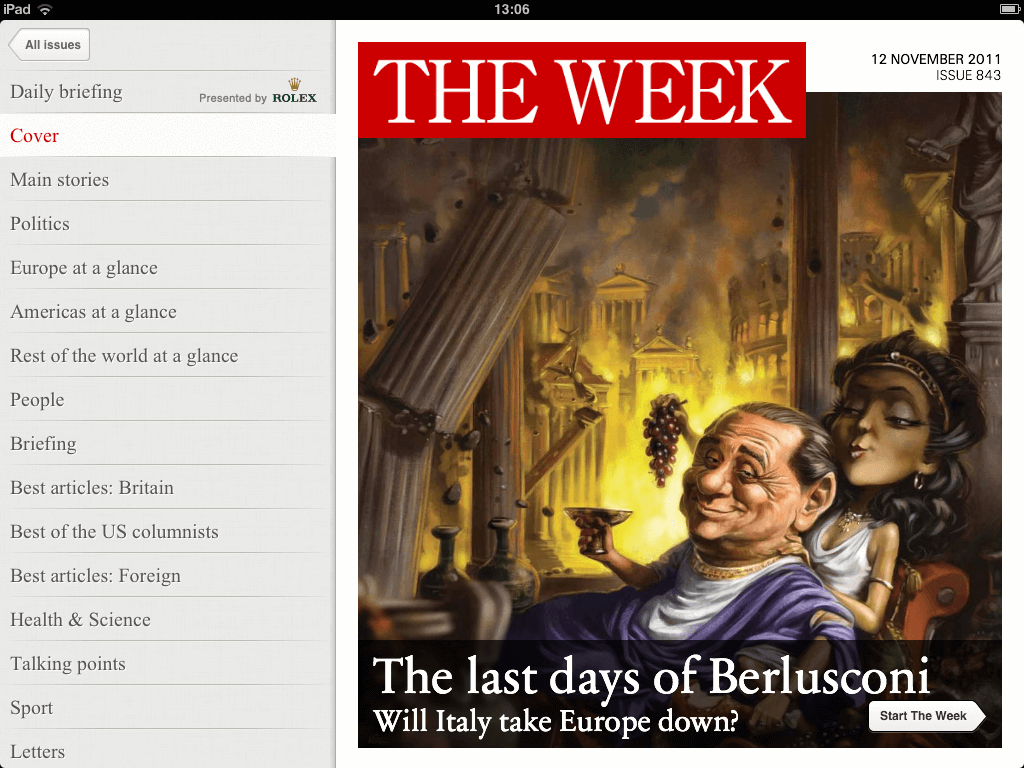This is a guest post by Alex Watson, Head of App Development at Dennis Publishing, recalling his lessons learned as product lead on a major iPad app.

The biggest digital project at Dennis this year has been the development of an iPad edition of The Week magazine. Representing over nine months of hard work, we launched the app in November, and now that I've had time to look back on the project, there are some important lessons from it that I hope we at Dennis really take on board – and that I think will be useful for other publishers, media organisations or traditional companies moving an established product onto a tablet.
1. Be user centred. It will give courage to make hard decisions
The Week is a digest of the previous seven day's news, arts and life coverage. It's very successful in print, with a growing circulation that currently stands at over 180,000 in the UK. The magazine is a product that solves a growing problem – people want to keep up to date with the news, but it’s too much work. There’s too much to process, to sift, to assess. The magazine does that for people.
Despite the fact we've got a successful product, once we made the decision to expand to the iPad, the potential and power of the device, and the impact of apps such as Flipboard meant there was a lot of pressure to come up with an app that was all-singing and all-dancing, packed with interactivity, feeds and social networking hooks.much work. There’s too much to process, to sift, to assess. The magazine does that for people.
It would have been easy to get carried away. Fortunately, the users stopped that. Publishers face a lot of disadvantages in the digital space: overheads of traditional businesses, diluted focus, lack of technical resource. What they do have are thousands and thousands of users, and they’re very passionate about existing brands. With The Week, we quickly learned that users wanted to read the content in a simple and straightforward way. The important features they gravitated towards fed into that: things like being able to control text size, to be able to navigate easily, to just read.
Loud voices shout that every aspect of traditional media needs totally reinventing, but you need to be careful not to throw the baby out with the bathwater. From our reader research, we learnt they felt free news coverage online came with a heavy price: an endless procession of links, headlines and paragraphs which people skim but never settle into. All too often it's a joyless experience, and news apps do little to help, funnelling constant updates to the audience and giving no help in structuring or prioritising an infinite amount of information. People don't come to The Week wanting to put energy into the magazine; they are relaxed, and delegate control to us. For our users, and I suspect, for many content apps, convenience and immediacy trump raw innovation. They wanted an app that was simple to use, elegant and readable.

2. The iPad: It’s not print, and it’s not the web
This is both a curse and a blessing. For instance, it can make selling advertising complicated – with print teams unable to think advantage of the interactivity the iPad offers, or web teams expecting huge numbers and analytics. However, the benefit is that it's new, exciting territory. With The Week, one of the difficulties of digital previously has been that the magazine doesn’t translate brilliantly to the web – but the idea of a package of reflective content works perfectly on the iPad, as people read largely at home, in their leisure time, and for relatively long stretches. At the same time though, we could add better photography and start to experiment with pulling in daily content.
3. If you’re doing it right, it will take over your life…
It's important to harness people's enthusiasm for a big digital project such as this because it’s massive, particularly if it’s going to be a key part of an existing product. In our case, people from across the business, from advertising to subscriptions to editorial and PR were involved. Even though you’re the Product Manager, don't try and do it all yourself. Yes, you need to make decisions and be the product owner, but you need balance that with involving people across the business, and get the best out of them – their expertise, their talents. Being a good Product Manager on a big project is as much about leveraging other people’s talents as it is making decisions yourself.
4. Try and be long term, but not at the expense of getting it released
It's quite fashionable among iOS developers to be very obsessive about visuals – agonising over this font over that one, spending hours on pixel-perfect icons – it’s the whole ‘What Would Steve Do’ approach. It's not a bad impulse and certainly has its place in app design, just don't over-indulge it, especially if it means you choose the wrong technology option. Sometimes webviews work well, and it’s as important to consider the system powering your project as the front-end. It was important to us that the app and its infrastructure is sustainable, expandable, supportable.
5. Importance of the hard stop
This is critical. You need a release date to work to. You need to accept 1.0 isn’t going to be perfect and it’s not going to reinvent the world. It doesn’t need to. Decide on what you’re doing – it needs to be a product, sure, and it needs to be a complete something, but not everything. Real Artists Ship.
6. Get your advertisers and commercial partners interested in your backlog
If you’re looking for commercial support, don’t spend time dreaming up brand new feature ideas because you’ve probably already got a lot of really good ones sitting on your backlog. This is one area where I’m really proud of what we did and where I think we really exceeded the other single-publication apps out there. We had a long list of ideas on the backlog that we knew users were interested in, but we didn't have time or budget to include in the initial release. When Rolex came onboard, we knew they'd be the ideal partner for a timely feed from the website. The app's Rolex integration is smart, it’s a bit sexy, but it’s also useful and really gives you a reason to come back to the app.








